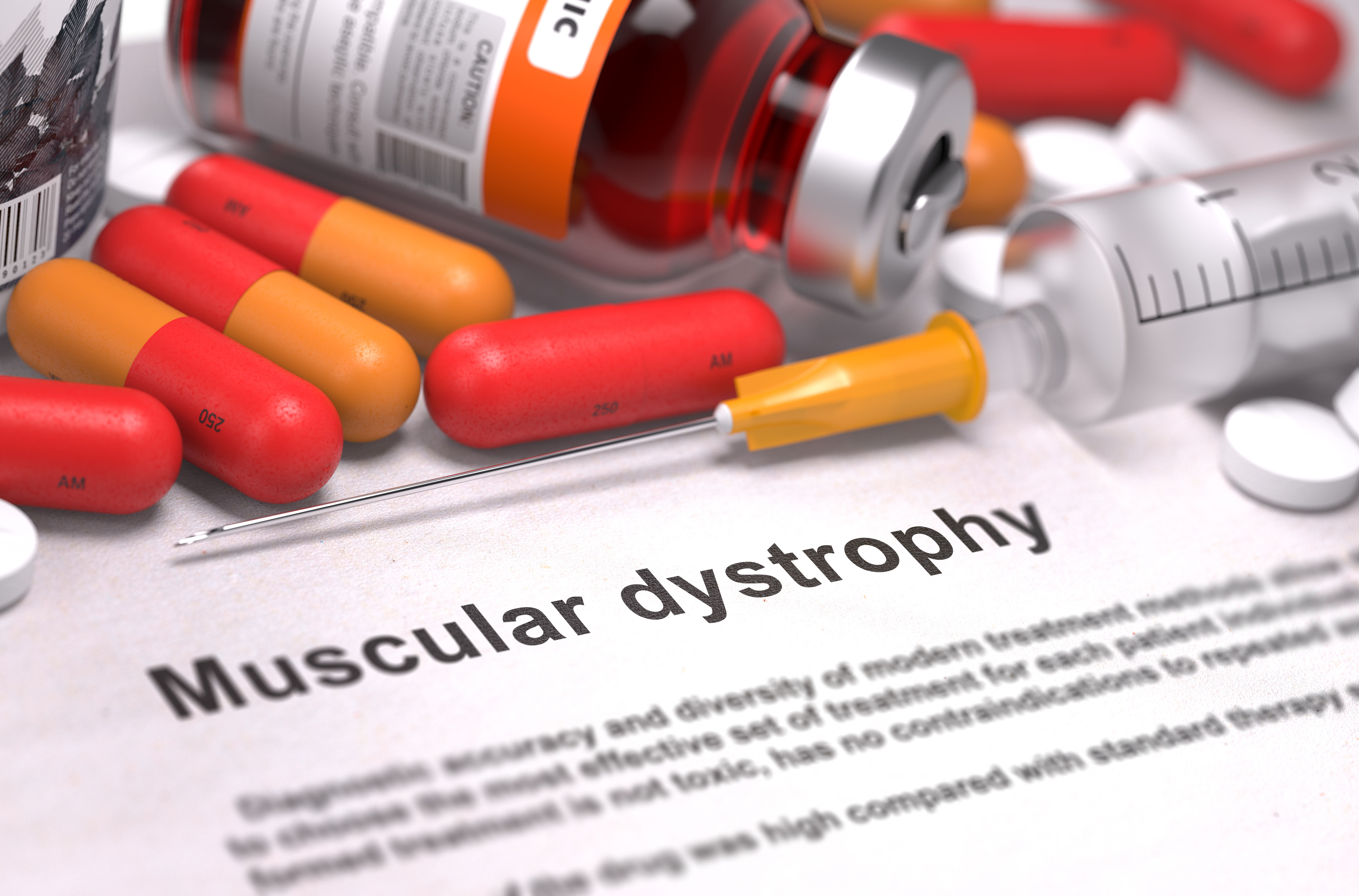DIAGNOSIS
Symptoms of TD may take time for you to notice. They may show up within six weeks after you begin taking the drug. It can also take several months, or worse, even years. This is why diagnosing TD is hard.
TREATMENT
After TD has been diagnosed, your health care provider will either have you stop the said medicine gradually or he/she will change it to another.
If TD is on its mild or moderate stage, different medicines might be prescribed. A dopamine-depleting treatment, called tetrabenazine is the best treatment for TD. If you have been diagnosed early, TD can be reversed by stopping the medicine that causes the symptoms. Just in case TD is extremely serious, a technique called DBS might be tried.
In deep brain stimulation or DBS, a device known as a neurostimulator, or pacemaker of the brain, is used to deliver electrical signals to the affected part of the brain. It eventually treats and controls the movement.
However, even if the medicine is already discontinued, the involuntary movements may persist or become permanent, and in some cases, it can get worse over some time.


